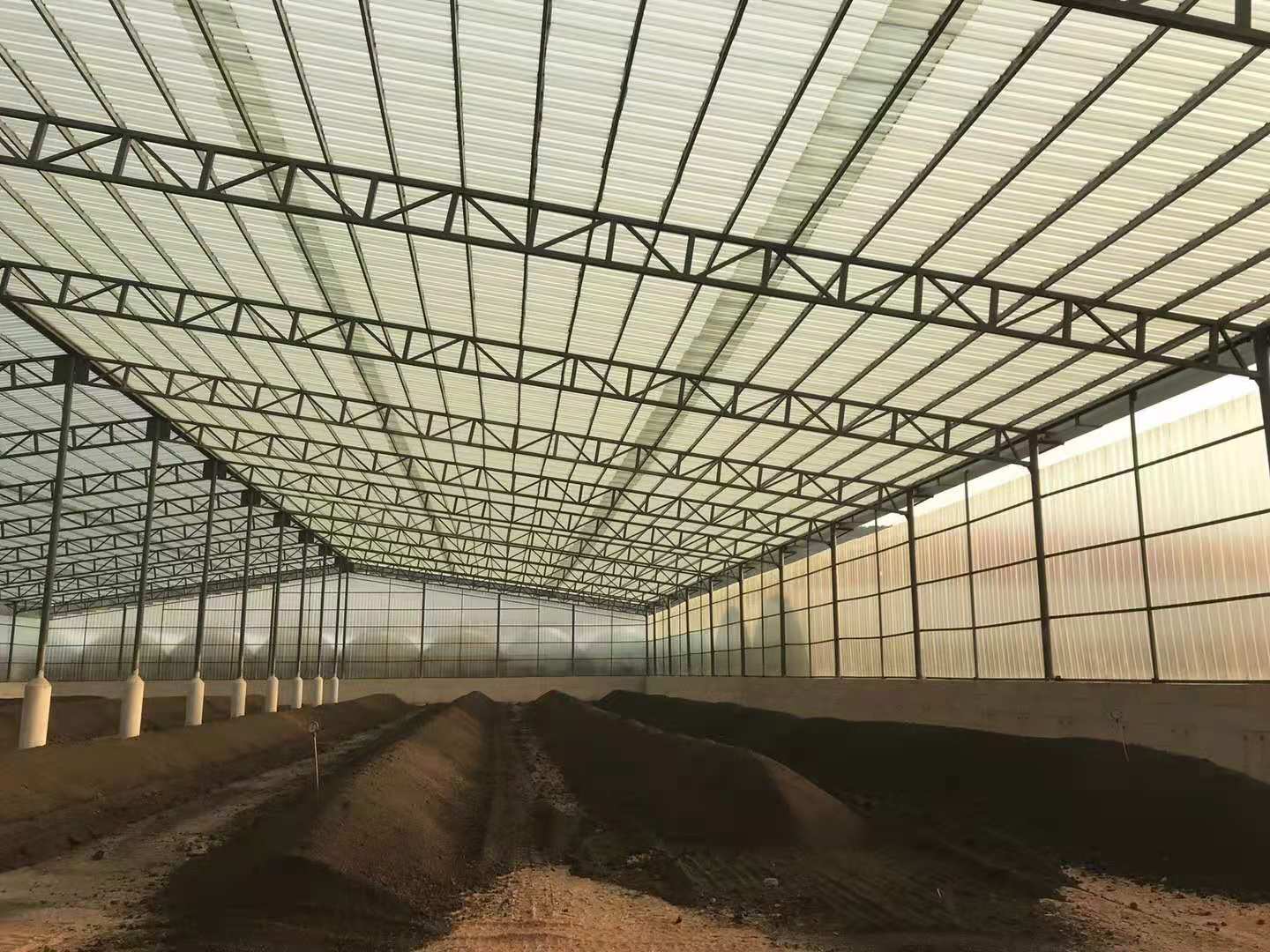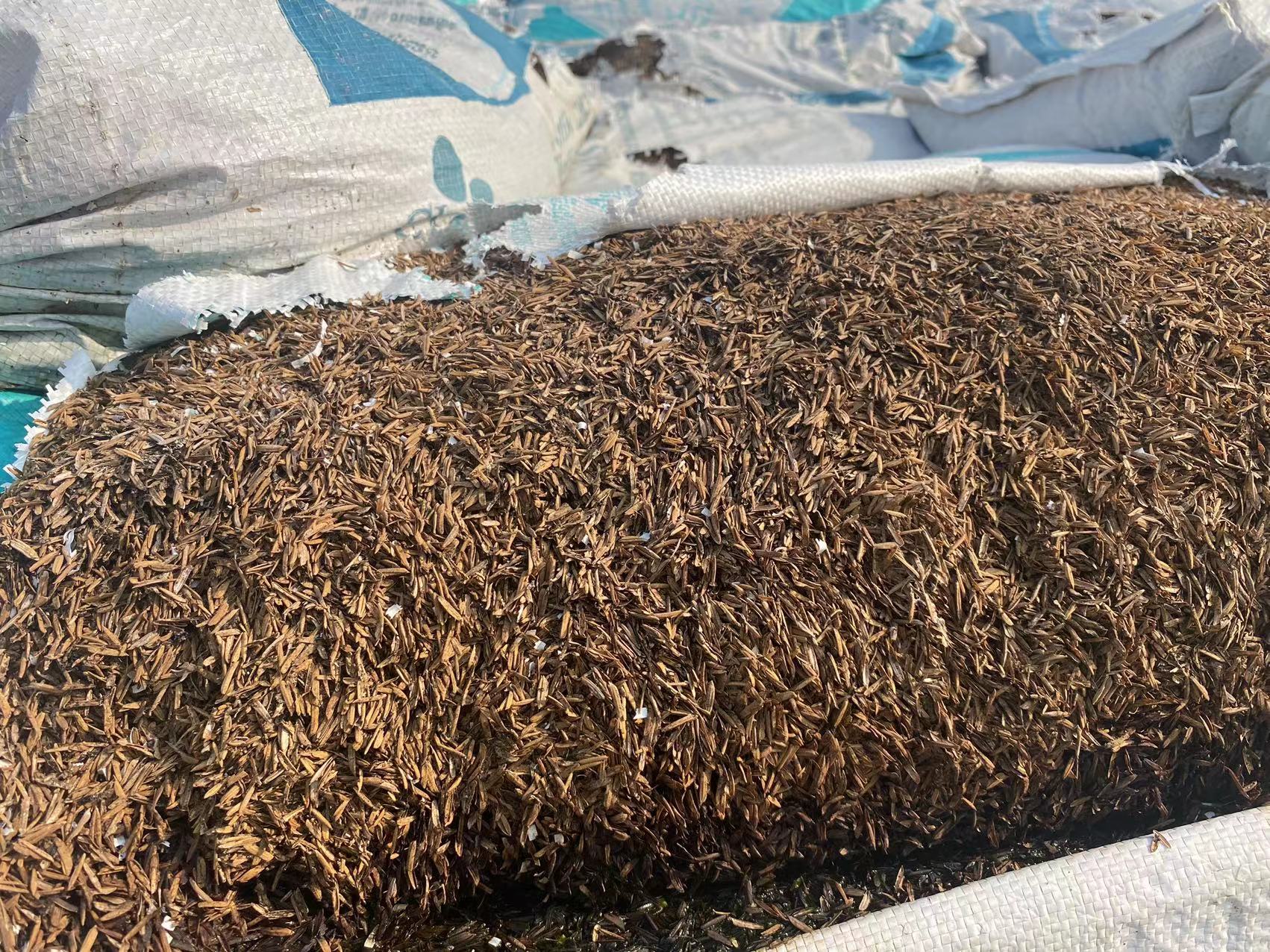Organic fertilizer fermentation requirements(First part)
1. Fermentation moisture requirements:
Maintaining proper moisture conditions is key to ecological organic fertilizer fermentation. According to the national fertilizer standards, as for the fermentation of organic fertilizers, if the water content is too high, firstly, the raw materials will be protected by a water film, preventing air from diffusing inward, resulting in insufficient oxygen supply and an anaerobic state, resulting in odor and inability to carry out aerobic processes. Fermentation. Second, even if forced ventilation fermentation is carried out reluctantly, it will be difficult to meet the national moisture standards for organic fertilizers in a short period of time. Organic materials can be fermented normally, and the moisture content is generally required to be between 45% and 65%.The fermentation moisture should be 45%-65%, if with high moisture, the raw materials will be protected by water film.

2. Fermentation material particle size requirements:
The size of raw material particles is related to ventilation conditions. The particle size is different, the fermentation reaction speed and the fermentation time are different. It is not that smaller particles are better, nor is larger particles more advantageous. Generally, for straw fermentation, the particles or length can be slightly larger, and 3-5cm can also be fermented. Due to the fine texture of fecal sludge, etc., in order to increase the size of large particles, straw-like substances need to be added appropriately.

3. Nutrient requirements of fermentation materials
In the fermentation process of organic fertilizer materials, people often mention the carbon-nitrogen ratio. Carbon and nitrogen are the main energy substances for microbial growth and metabolism. Generally speaking, the most suitable carbon-nitrogen ratio for bacterial growth and reproduction is 20-25:1, and the most suitable carbon-nitrogen ratio for fungal growth and reproduction is 25-35:1. If the carbon-nitrogen ratio of the fermented material exceeds 40, the fermentation speed of the material will slow down and the fermentation and maturation process will be long. If the carbon-nitrogen ratio exceeds 60, the fermented material will deprive the nitrogen of the soil when it is applied to the soil for the reproduction of internal microorganisms. As a result, it falls into a state of "nitrogen starvation", which directly leads to the yellowing and wilting of crops and the symptoms of "starvation" seedling burning. On the contrary, if the carbon-to-nitrogen ratio is less than 20, there will be too little carbon for the proportional consumption of microbial strains, and there will be relatively too much nitrogen, which will cause the nitrogen to convert into ammonium nitrogen and volatilize, resulting in a large loss of nitrogen and reducing the fertilizer efficiency. If you do not pay attention to the fertilization method at this time, the crops will also suffer from "over-saturation" seedlings burning or even death. The main reason is the damage caused by the volatilization of ammonium nitrogen.







